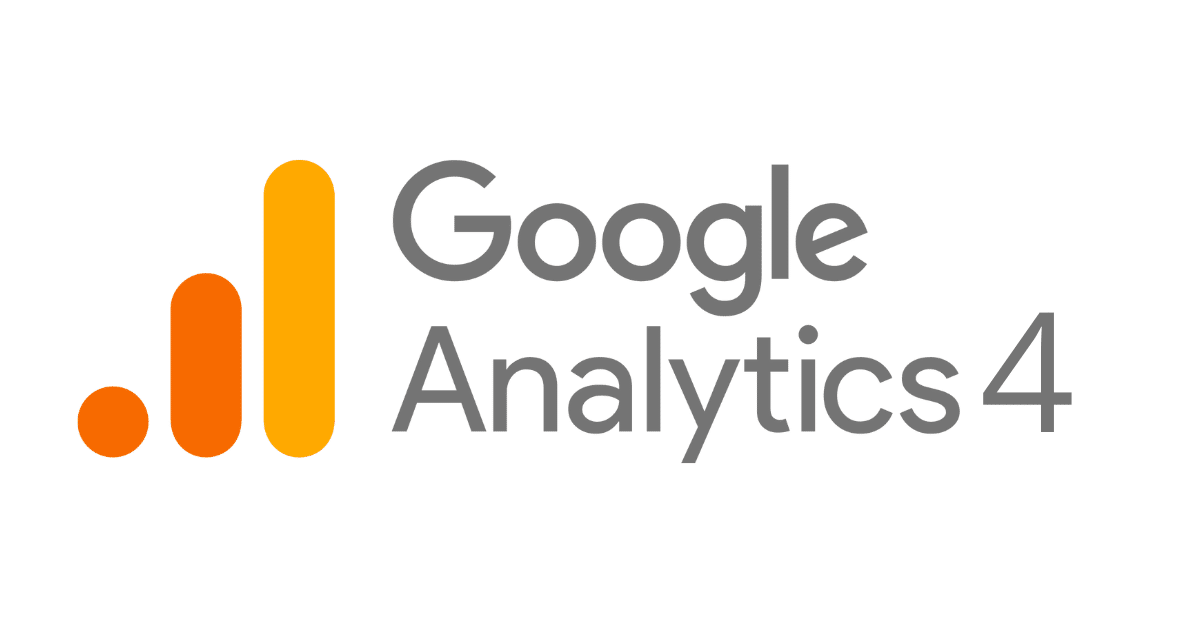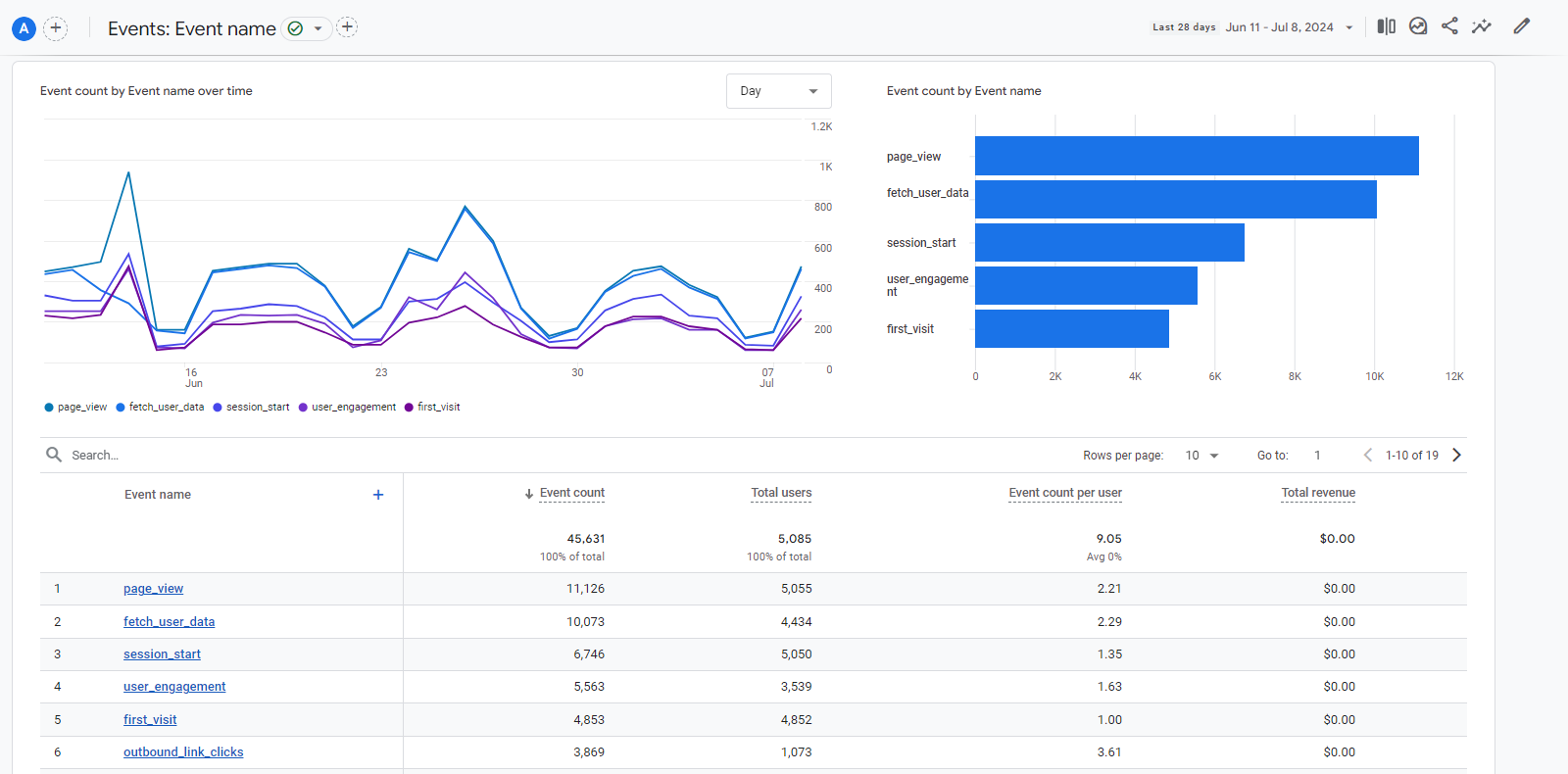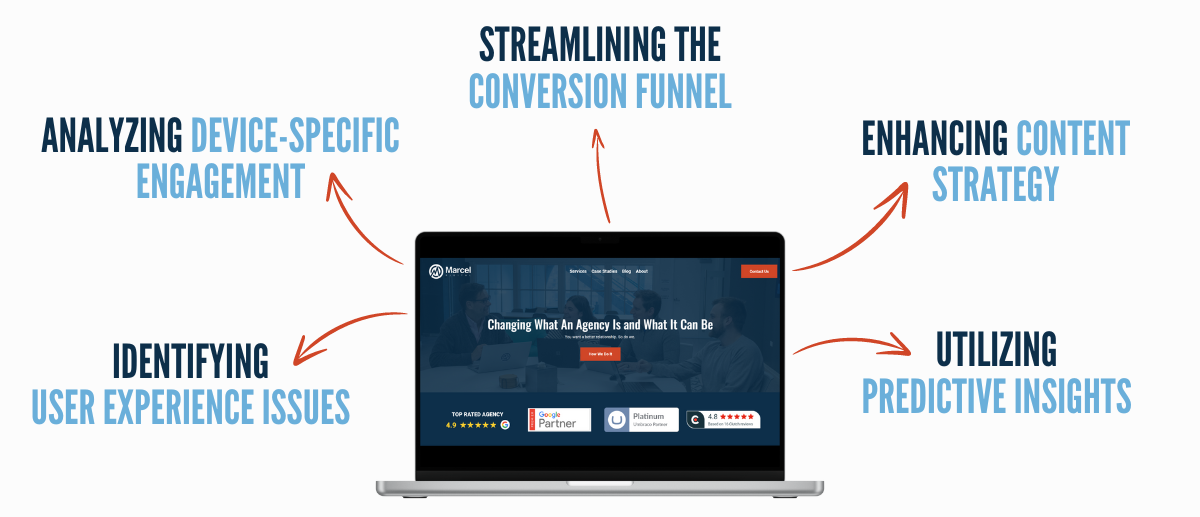The role of advanced analytics tools like Google Analytics 4 (GA4) has become increasingly important for any website aiming to meet the expectations and tech standards of ever more sophisticated customers.
By providing a deeper understanding of user interactions, these tools can signal when a website may benefit significantly from updates or a complete redesign to enhance its effectiveness and user engagement. GA4 has a plethora of features web designers can use to analyze and understand web performance and potential areas of improvement.
The Risks of Not Utilizing Analytics Tools
Without the insights provided by web analytics tools, businesses may lose out on crucial information on how users interact with their site. This lack of data capture may lead to decisions that are not fully informed, hindering a website’s ability to adapt to user needs. In turn, this could cause issues with user retention, conversion, and overall satisfaction. Beyond user needs and expectations, the absence of analytics may result in a website that does not perform well in search engines or remains oblivious to navigation challenges that frustrate visitors and drive them away.
The Importance of Implementing GA4
Google Analytics 4 represents a significant advancement over previous versions, offering features tailored to modern web environments. These include:
- Enhanced user privacy: GA4 provides more robust privacy features in line with current laws and regulations, thus ensuring user data is handled ethically.
- Flexible event tracking: Unlike its predecessors, GA4 allows for more customized user interaction tracking, enabling a more detailed analysis of user behavior.
- Predictive insights: Utilizing machine learning, GA4 offers predictions on user actions, helping marketers and website owners anticipate future behaviors and adjust strategies accordingly.
Implementing GA4 is crucial not only for the comprehensive tracking capabilities it offers but also for the actionable insights that can drive strategic decisions for website improvements.

Identifying Redesign Needs Through Analytics
GA4 excels in revealing how users interact with a website, providing valuable insights that can lead to substantial improvements. For example, GA4’s data might show that users frequently abandon a shopping cart on a specific page due to complex navigation or slow loading times. Such insights direct attention to critical areas that need redesign or optimization, thereby enhancing the overall user experience and potentially increasing conversion rates.
Complex Navigation
Detecting Navigation Issues
GA4 can track events and page transitions to show where users struggle with navigation. If analytics reveal that users frequently abandon processes or have difficulty finding key pages, this could indicate that the navigation is too complex or unintuitive.
Solutions for Improvement
Streamlining the navigation structure or introducing a more intuitive menu layout can enhance usability. Consider implementing breadcrumb trails, mega menus, or sticky navigation bars that remain visible as users scroll.
Slow Loading Times
Identifying Performance Bottlenecks
Using Google Tag Manager (GTM), you can send page load times to GA4, helping pinpoint pages that load slowly. These delays can frustrate users and increase bounce rates, particularly on mobile devices.
Enhancing Site Speed
Optimizing images, leveraging browser caching, and reducing server response times are effective strategies for improving website speed. Tools like Google's PageSpeed Insights can offer specific recommendations for technical improvements based on the analytics data. You can even send PageSpeed Insights data to GA4 through GTM.
Poor Conversion Rates
Tracking Funnel Drop-offs
GA4's funnel analysis features can show you at what stage users are dropping out of the conversion process. This insight is crucial for understanding where the user journey is not effectively leading to conversions.
Refining the Conversion Path
Simplifying the conversion process, enhancing call-to-action buttons, and ensuring that forms are user-friendly can significantly improve conversion rates. It’s also beneficial to review and possibly redesign landing pages that are critical to the conversion funnel to make them more persuasive and aligned with user expectations.
User Engagement Metrics
Utilizing Engagement Metrics to Inform Design
Engagement metrics such as page views, average session duration, and interactions per visit can tell you a lot about how engaging your content is. Low engagement might suggest that the content is not resonating with your target audience or that the interface is not conducive to interaction.
Addressing Content or Aesthetic Issues
Redesigning the page layout, improving the quality of the content, and enhancing the visual appeal of these pages can help improve user engagement metrics. Consider redesigning the user interface for better usability, adding interactive elements like videos or sliders, and improving the quality of content to make it more relevant or interesting to your audience. A/B testing different versions of the content can also be useful to determine what works best for keeping users engaged.
Need Help With GA4?
Our team of experts is here to help you understand how to navigate the changes. We've already successfully migrated organizations just like yours to GA4, so reach out today!
Setting and Tracking Goals with GA4
Choosing to measure specific goals in GA4 is essential for its effectiveness. Businesses can create events that track user behaviors and engagements with important website elements such as contact forms, phone number clicks, or item purchases. Tracking events is crucial for evaluating whether the website meets its intended objectives.

Configuring and Understanding Conversions in GA4
Configuring conversion goals in GA4 allows website owners to track how well their site converts visits into actionable outcomes. Understanding where users convert or drop off helps pinpoint effective elements and areas needing improvement, guiding content and design adjustments.
Leveraging GA4 Data to Drive Website Redesign
With an understanding of all that Google Analytics 4 (GA4) offers, businesses have data that can help in making informed decisions about website redesigns. By analyzing user interactions, engagement metrics, and conversion paths, GA4 provides actionable insights that can directly influence the scope and focus of a redesign.

Identifying User Experience Issues
GA4 allows for deep dives into how users interact with your site, offering data on everything from page views and session duration to more complex user flows and interactions. For instance, if GA4 data shows that users consistently leave the site from a particular page, this might suggest issues with content relevance, page layout, or call to actions on that page. Redesigning this page to address these issues could involve simplifying the layout, enhancing content quality, or making call-to-action buttons more prominent and engaging.
Analyzing Device-Specific Engagement
With the rise of mobile browsing, it's crucial to ensure your site provides a stellar user experience across all devices. GA4 can segment data by device type, which helps in understanding how different audiences interact with your site depending on whether they use a desktop, tablet, or smartphone. For example, if mobile users have a much lower engagement rate than desktop users, it may indicate that the mobile experience is lacking. A redesign focused on mobile optimization, such as improving the responsiveness of the site, simplifying navigation for touchscreens, and accelerating page load times for cellular connections, could be necessary.
Streamlining the Conversion Funnel
GA4’s conversion funnel analysis can reveal where potential customers drop off before completing a conversion. This insight is invaluable for redesigning the conversion process to be more efficient. Suppose GA4 shows a significant drop-off at the payment entry page. In that case, the redesign could focus on simplifying the checkout process, offering more payment options, or providing additional security features that reassure users during the payment process.
Enhancing Content Strategy
Content engagement metrics in GA4 can guide the development of a more effective content strategy. By examining metrics such as average time on page and interaction rates, you can identify which types of content perform well and which do not resonate with your audience. For instance, if users spend a lot of time on tutorial pages but quickly leave product overview pages, this might suggest that integrating more educational content into product descriptions could enhance engagement and keep users on the site longer.
Utilizing Predictive Insights
One of the advanced features of GA4 is its ability to provide predictive insights about user behavior. These insights can forecast future actions such as potential churn rates or the likelihood of conversion. By leveraging this data, a website redesign can proactively incorporate elements aimed at increasing user retention and conversion. For example, if predictive insights suggest a high likelihood of user drop-off after the trial period, integrating more targeted follow-up prompts or personalized offers during the trial could be beneficial.
Enhance Your Website with Marcel Digital's GA4 Expertise
Marcel Digital excels in integrating Google Analytics 4 (GA4) with expert web development to ensure your site not only attracts but also retains users by making data-driven improvements. Our team ensures seamless GA4 setup and sophisticated web design, tailored to gather and utilize critical insights effectively. With Marcel Digital, you get ongoing support that adapts to evolving analytics and market trends, keeping your website at the forefront of digital innovation.

Analytics
About the author
Dan Kipp
Dan Kipp is the Google Analytics and Google Tag Manager guru at Marcel Digital. He loves traveling, cooking, sports, and spending spare time with friends and family.